Nematodes and viruses are not uncommon to plants and can easily affect most plants. Here are just a few of the most popular and destructive viruses and nematodes that you might face in growing your own fruits and vegetables.
Contents
Nematodes
Root Knot
As with other types of infections these nematodes will cause the plant leaves to turn yellow and then brown. Plants may swell in various sections of the plant and roots may have the same symptoms. These nematodes will be moved by water in order to reach the lower parts of the roots. You may be able to see them as large galls where they will feed. Adults are white and if you are looking for the eggs that they lay they will be in a large mass of brown or yellow like colors.
Viruses
Beet Curly Top
This virus causes leaves to curl in an upward direction and can cause the veins in plants to become clear and sometimes swollen. The main reason plants are infected is because of beet leafhoppers which transmit this disease when they feed on the leaves. All brassica plants, spinach, beets, beans, and other vegetables are capable of contracting this virus.
Mosaic Viruses
There are three types of mosaic viruses that can attack your plants: bean, cucumber, and tobacco. All three are usually transmitted by insects, infected plant parts, and sometimes they are on the seed before planting. The leaves will usually tend to lose its dark green color and lighter color may start to form in streaks, circles, spots, or sometimes on the veins of the plant.
Sometimes you may find leaves that look like someone just twisted them, but in fact is usually caused by a mosaic virus. The plant in general will have stunted growth and will not survive much longer after being infected. Pull up plants that are infected and get rid of them by burning or placing in a plastic bag and throwing it in the trash.
Potato Leaf Roll
Naturally the rolling of leaves are some symptoms that you will find with this virus. The leaves usually will curl up starting with the lower leaves first. As the virus progress the newer leaves will begin to show signs of this virus. Thick and leathery leaves are what is described when your plant is infected. Red on the undersides of leaves is also present along with dark tissue that may appear inside potato seeds or tubers. Potato tubers are a big cause of this disease and insects also play a role in spreading this virus.
Tobacco and Tomato Ring Spot
The plants that are infected include all tomato related plants, fruit trees, blueberries, celery, grapes, and various types of weeds. Leaves and fruits will generate small rings that are dark or yellow in color.
These leaves can be distorted and small stunted plants are the result of infection. Shortened leaf stems are one of the more common symptoms among this virus. Basically your plants and fruit trees will decline; and it is just a matter of time before the virus consumes the entire plant.

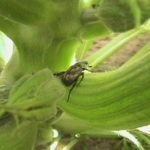
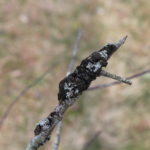

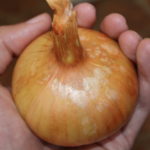
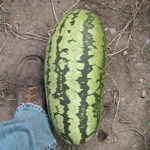
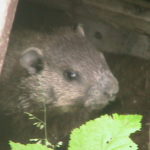
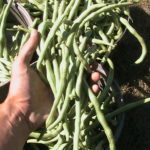
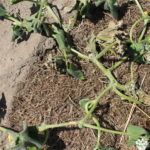
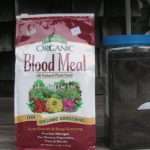
Recent Comments